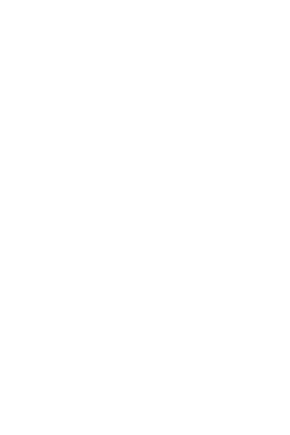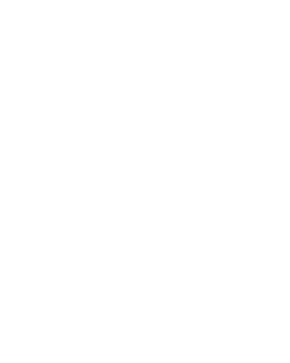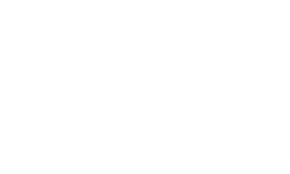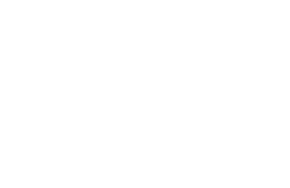 |
 |
 |
|
|
 |
ESTONIAN GLASS
-JOURNEYS TOWARDS DESTINATIONS
The statement that Estonian professional glass art is 73 years of age today is based on the date of the beginning of methodical glass education at the then State School of Industrial Art – today’s Estonian Academy of Arts in Tallinn in 1936/37. The roots are definitely deeper as even before 1628 – the date of the remains of a workshop based on the earliest archaeological evidence on the island of Hiiumaa – glass was made in the area. Several glass finds and written documents are of proof.
|

|
Posted 5 January 2014
|
Share this:
|
|
But it is of today that this article is about. We cannot eliminate the past, neither its inspirations nor limitations. Different periods have left their imprints on today’s makers and their art. Collective memory proves itself powerful by making the creations of the artists of one region differ from another; even the visually similar works of art can carry an absolutely different concept dependent on the author’s background. The 50 years of Soviet regime certainly limited both the issues and the techniques, but at the same time made people inventive. To have a limited range of techniques and a whole list of prohibited themes paid its toll in many ways, but occasioned thinking in symbols, created individual expressive languages, made people also work more with their hands – one of the basic reasons to be involved in craft arts – a way out of lacking specific materials, machines and kilns. Cold-work, wheel engraving, acid-etching were the approaches in use.
The beginning of the 1990s brought along freedom, knowledge and know-how. The first glass studios were started; in 1994 the first modern fusing kiln was obtained at the department of glass of the Estonian Academy of Arts. As of today, 15 years later, kiln-techniques prevail among Estonian glass-makers.
|
|
|
|
|

|

|

|

Jelena Kapparova: Artefact, 2007; glass, stone; kiln-cast, ground, polished, assembled, 15x15x15 cm. Tutor: Eeva Käsper.
Photo: Aleksandr Zhidzik
|
|
The department can boast of a versatile body of teachers who are at the same time some of the most active members of the Estonian glass society. Eve Koha, Eeva Käsper, Toomas Riisalu, Tiina Sarapu, Kristiina Uslar are all internationally known by their creative work. A small country like Estonia with its 1.5 million inhabitants can today only have one school where glass is taught, therefore the range of what has to be included in the curricula practically should “cover it all”. It would seem a bit schizophrenic to teach/study design, art, craft and even restoration at the same time under the same roof, but so far it has proved to be possible and the practice certainly enables the graduate to choose one’s niche(s) according to the existing needs and opportunities.
The issues today’s students choose to work upon are very individual, including a wide range of emotional, social, universal, historical issues, and quests for a new formal language. Experimentation is perhaps one of the most important approaches for many students, as well as the teaching staff. This atmosphere of curiosity helps to move on, helps also to find one’s way of expressing the chosen messages and creating one’s own handwriting, underlining the uniqueness required to be noticed.
|
|
|
|
|

|

|

|
Piret Ellamaa creates an ambivalent glass map of Estonia, pierced by a set of existing highways. Nevertheless, the red-coloured lines also symbolize blood vessels, the utmost necessity for life. Real blood circulates in the transparent tubes attached to the model, a hommage to all donors.
Kaie Irval explores her own moods and feelings. In the current work “A part of me” she dwells on vanity and sets her photographic image inside glass sitting on her shoulder.
Merle Bukovec takes a daring look into the most painful and at the same time eternal experiences of life and death. In 1994 the passenger ship “Estonia” sank in the Baltic Sea taking hundreds of lives. Have the wounds now healed, has the pain of the relatives and friends ceased, is it ethical to talk about the event today and maybe re-introduce the grief? Photographic images of victims have been set between glass and water, to remind and, perhaps, to console.
In Anneli Paloveer’s small glass bottles one can detect the presence of unpretentious moths engraved with utmost diligence. The technical idea takes its roots from the famous Chinese snuff bottles, but the concept lies in the author’s own character represented by modesty, secretive nature and timidity, all hidden inside the closed vessels.
The conflict and integration of two materials in Jelena Kapparova’s “Artefact” can represent the association of two cultures, not necessarily harmonious, still compatible, eye-opening and mutually enriching.
|
|

Anneli Paloveer: Joy and pain of being, 2008; glass; blown, cut, engraved, polished, h 7 x d 6 cm. Tutor: Mare Saare
Photo: Anneli Paloveer
|
|
|
|
|

|

|

|

Kai Saarepuu: Pilgrimage, 2008; glass; blown, engraved, painted, re-blown, h 11 cm x d 9 cm. Tutor: Kai Kiudsoo-Värv
Photo: Kai Saarepuu
|
|
Glass-blowing is not among the techniques taught with any profound outcome at the moment, the department’s small studio furnace only permits to reveal the basics and therefore the students interested in hot glass go to study abroad – namely Finland, Denmark, Sweden, Ireland, lately also the Czech Republic and Turkey. A country with no blown glass factory could certainly do with some more hot glass studios. Kai Saarepuu’s individual touch to combine engraving and painting inside blown glass vessels derives from the grail-technique. Her graduate work “Pilgrimage” pays honour to the numerous glass studios she has studied at, in Estonia, Germany, Finland, Denmark, to name just a few, and several study trips. “It represents one’s journey towards a set destination”, says Kai.
|
|
|
|
|

|

|

|
I am convinced, that in the diverse material of glass we are able and justified to express any messages, any feelings, any moods, to address any audience, to make ourselves heard and seen. From art to craft to design, we make our choices, and one part doesn’t necessarily exclude the other. From individual to universal, from tragedy to joy, from social to political, from decorative to narrative – the only limit is inside ourselves.
Mare Saare (b. 1955, Tallinn, Estonia) is head of the department of glass of the Estonian Academy of Arts in Tallinn since 1993. During her career as an artist and educator, she has participated in, as well as curated several exhibitions and projects and lectured both in Estonia and abroad.
©2009 for Fjoezzz
|
|

Raili Velt: They were, are and will be, 2008; glass, stone; kiln-cast, engraved, acid-etched, polished, assembled, 40 x 2 5x 4 cm. Detail. Tutor: M. Saare
Photo: M. Saare
|
|
|
|
|
|
|
|
|
|